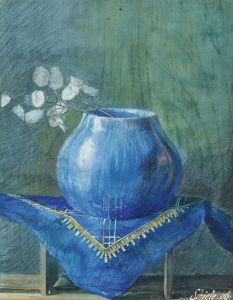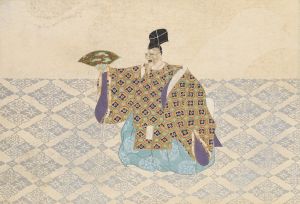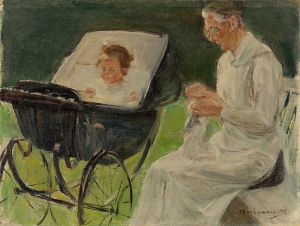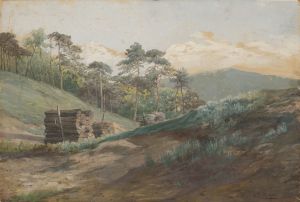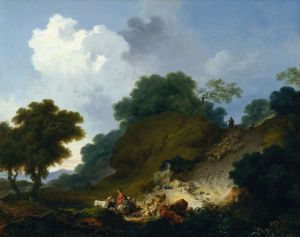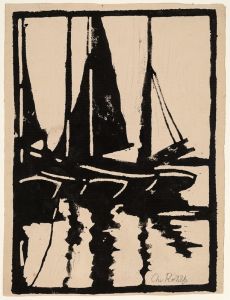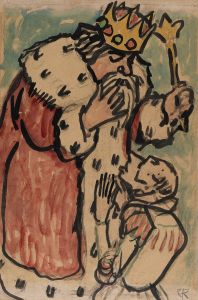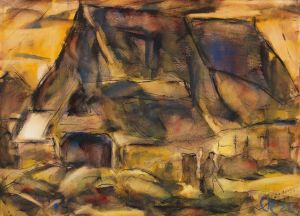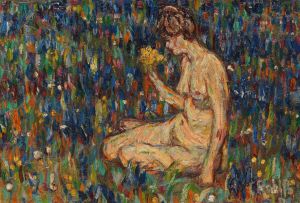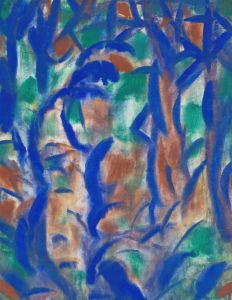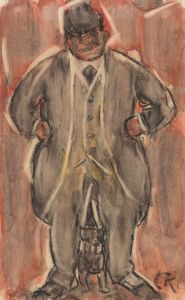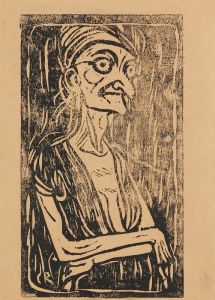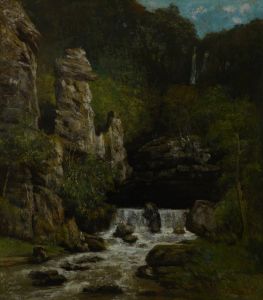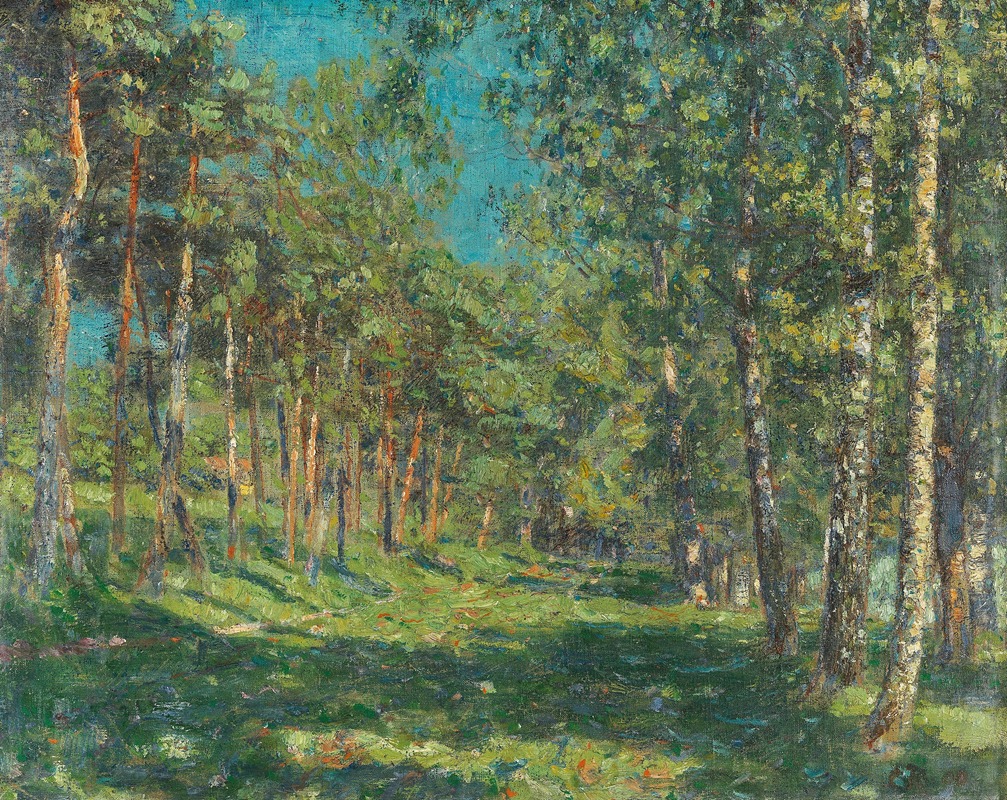
Forest
A hand-painted replica of Christian Rohlfs’s masterpiece Forest, meticulously crafted by professional artists to capture the true essence of the original. Each piece is created with museum-quality canvas and rare mineral pigments, carefully painted by experienced artists with delicate brushstrokes and rich, layered colors to perfectly recreate the texture of the original artwork. Unlike machine-printed reproductions, this hand-painted version brings the painting to life, infused with the artist’s emotions and skill in every stroke. Whether for personal collection or home decoration, it instantly elevates the artistic atmosphere of any space.
Christian Rohlfs (1849–1938) was a German painter known for his contributions to Expressionism. His work often explored themes of nature and emotion, characterized by bold colors and dynamic forms. One of his notable works is "Forest," which exemplifies his mature style and artistic evolution.
"Forest" by Christian Rohlfs is a painting that captures the essence of nature through an expressionist lens. Rohlfs, who began his career influenced by Impressionism and Post-Impressionism, gradually moved towards Expressionism, a style that allowed him to convey emotional experiences rather than mere visual reality. This shift is evident in "Forest," where the use of color and form transcends realistic representation to evoke a deeper emotional response.
The painting is characterized by its vibrant palette and dynamic brushwork, which Rohlfs used to convey the vitality and movement of the forest. The colors are not necessarily true to life; instead, they are chosen for their emotional impact. This approach aligns with the Expressionist movement's focus on subjective experience and emotional depth. Rohlfs's technique in "Forest" involves layering colors and using contrasting tones to create a sense of depth and texture, drawing the viewer into the scene.
Rohlfs's work during this period was heavily influenced by his surroundings and personal experiences. Having lived through significant historical events, including World War I and the rise of the Nazi regime, Rohlfs's later works often reflect a sense of introspection and emotional complexity. "Forest" can be seen as a reflection of his inner world, where the natural environment serves as a metaphor for broader human emotions and experiences.
Throughout his career, Rohlfs was associated with various art movements and circles, including the Berlin Secession and the Brücke group, although he maintained a degree of independence in his artistic pursuits. His work was recognized for its innovative use of color and form, and he became an influential figure in the German Expressionist movement.
"Forest" is a testament to Rohlfs's ability to merge technical skill with emotional expression. The painting invites viewers to engage with the natural world on a more profound level, encouraging them to consider not just what they see, but what they feel. This ability to evoke emotion through art is a hallmark of Rohlfs's work and contributes to his lasting legacy in the art world.
Christian Rohlfs's contributions to art were recognized during his lifetime, and he received numerous accolades for his work. However, his art was later condemned by the Nazi regime as "degenerate," and many of his pieces were removed from public collections. Despite this, Rohlfs's work has endured, and he is celebrated today as a pioneer of Expressionism.
"Forest" remains an important piece within Rohlfs's oeuvre, illustrating his mastery of color and form and his commitment to exploring the emotional dimensions of art. Through this work, Rohlfs invites viewers to experience the forest not just as a physical space, but as a conduit for emotional and spiritual reflection.






